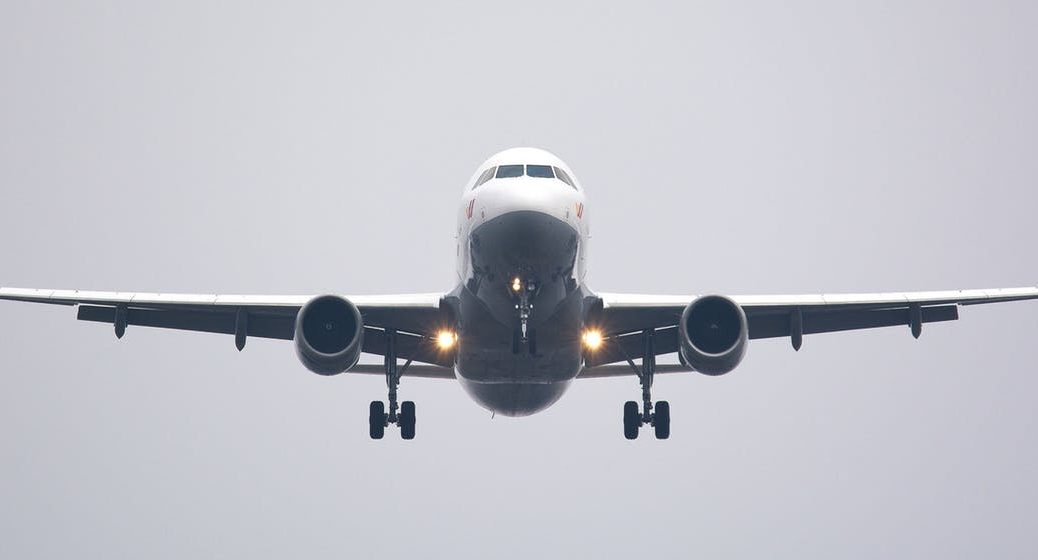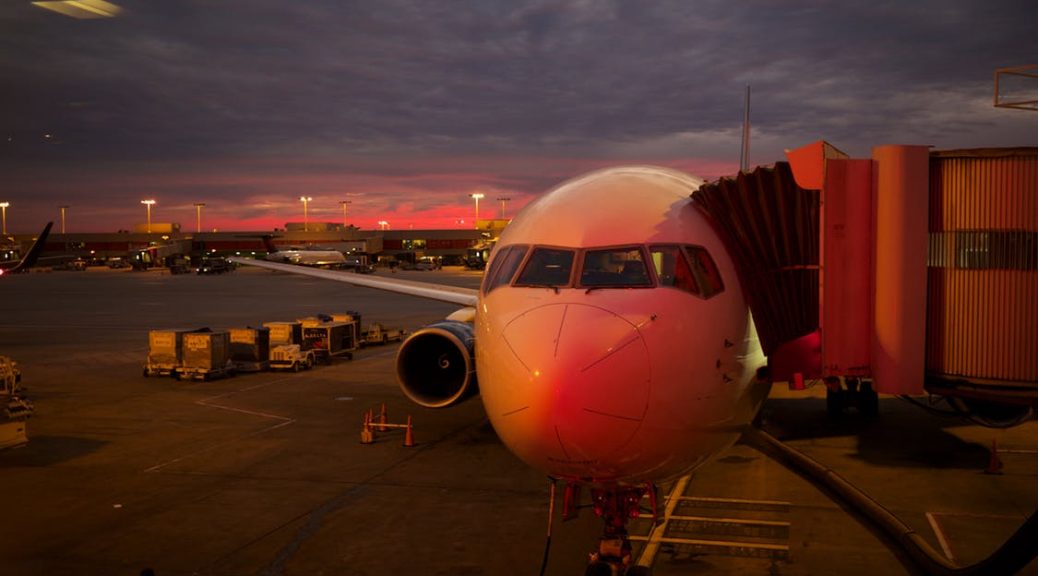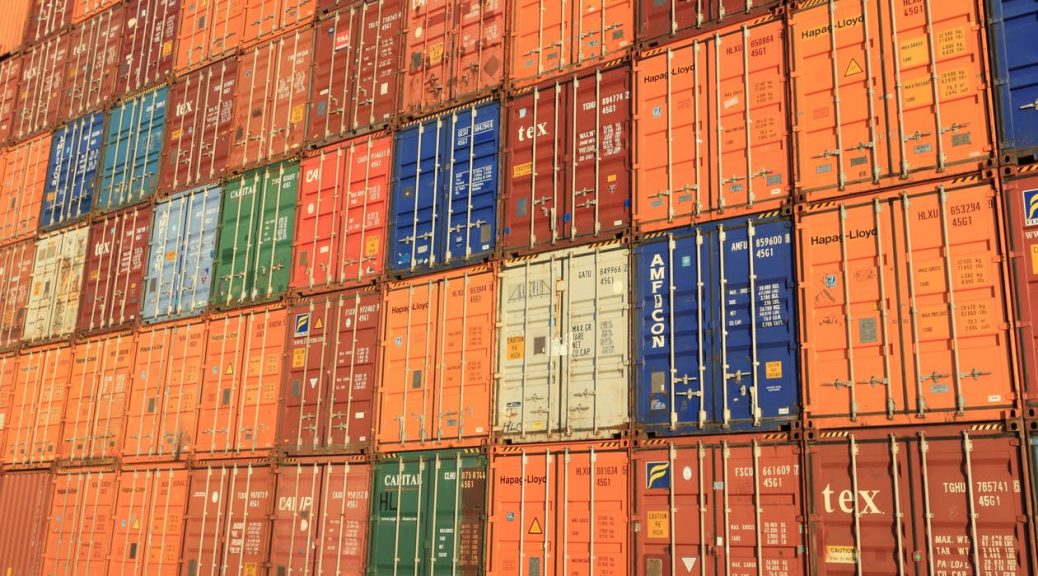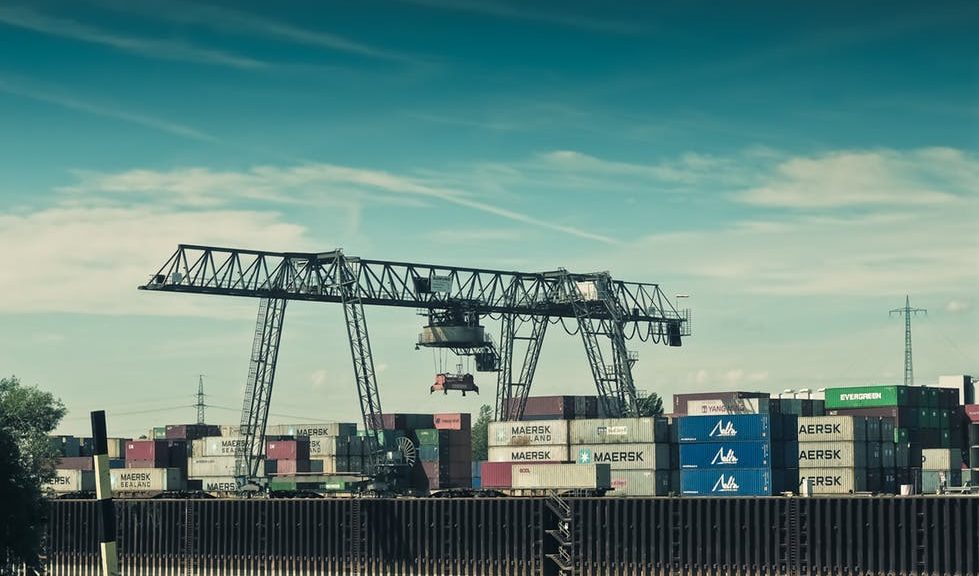The air freight industry is a dynamic and often complex business to work in, with many roles requiring extensive practical training in order to get the skills required to work safely and efficiently. But the way in which that training is delivered can be sometimes be far removed from the realities of day-to-day life in the industry. Training is often classroom-based, while the crucial hands-on experience of real life aircraft cargo handling can be limited.
So how is the industry addressing this issue, and how can technology help? One example from Hong Kong offers a possible new approach to training, that gives trainees the experience of ramp handling – while they are still in the classroom. Hong Kong Air Cargo Terminals Ltd. (Hactl) have introduced a new virtual reality training program, called COSAC-VR, that is radically changing the way new recruits experience the role they are training for.
A safer way to train
The VR solution is particularly well-suited to training in the air cargo industry, not least because it is a great way to simulate what working in a fast-paced environment is like, without the associated risks of putting trainees in a ‘live’ operational setting.
“In the past, newly-recruited ground service staff had to undergo extensive classroom training before experiencing the real-life aircraft cargo handling environment,” says Simon Yap, Hactl’s senior manager for learning and development. “COSAC-VR has reduced the reliance on real aircraft availability and suitable weather conditions for training, and trainees meanwhile can undergo work simulations in a totally safe environment.”
Massive potential
Ignazio Coraci comments: “I believe that the example from Hactl – while only on a small scale – is a development that shows the huge potential for transformation driven by this kind of technology. These are exciting times – new technology can really help to transform our sector – and examples like this are an encouraging sign that the industry is heading in the right direction.”









